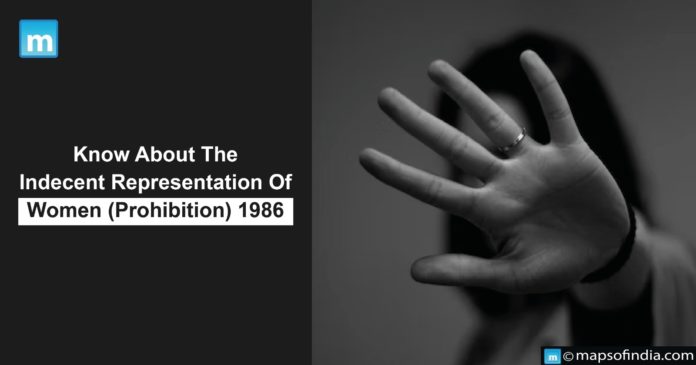Women’s organizations have been protesting the portrayal of their gender in the media, but this has apparently had little impact on advertisements promoting sexist stereotypes and pornographic images. With the Indian social structure in mind, the law aims to control how women are portrayed in the various forms of Indian mass media today. The feelings of the community must receive special consideration in dealing with a culturally diverse society, and the State must also be protected. In India, mortality continues to be a very individualized matter that reflects a diverse range of historically and culturally shifting attitudes and values.
Objective
The Indian Penal Code Sections 292, 293, and 294 are the sections where the law on obscenity is codified. Despite these restrictions, indecent representations or references to women are becoming more common. These publications, advertisements, etc., have a depraving or corrupting effect even though there may not be a specific intention.
Indecency
The law from 1986 emphasizes a denying or corrupting substance that is misconstrued as morality in the definition of indecent representation. Women’s groups objected to sexually suggestive or blatantly stereotypical depictions of women in the 1970s and 1980s. It helped to solidify the perception that the expression of sexuality and expressing women obscenely is indecent and against societal norms.
Section 5
The Indecent Representation of Women Act, 1986’s Section 5, grants the officer the right to enter and search any premises nearby.
Subject to any prescribed rules and within the local limits of the area for which it has been so authorized, any gazetted officer approved by the State Government may make the following rules.
- He can enter and search, seize any advertisement, and has the power to examine any material that he believes to be evidence.
- He must notify the closest Magistrate as soon as possible and follow his instructions regarding his custody of the item.
Section 6
The offender faces punishment under Section 6. A fine of up to ten thousand rupees, and if further legal action is taken, the punishment cannot be less than six months to five years or ten thousand rupees. The words shall be substituted for the previous ones in the event of a subsequent conviction, which carries a mandatory minimum sentence of at least six months and a maximum of five lakh rupees.
Section 8
Any offence recognized under this Act will be punishable, and an offence that is punishable under it may be released on bail.
Section 9
According to Section 9, actions taken or intentions made under this Act in good faith shall not subject any government or other government official to any action, prosecution, or other legal proceedings.
Section 10
The Central Government may make the rules by publishing a notification in the official gazette, according to Section 10.
Conclusion
Undeniably, the Act established a woman’s indecent representation, but this list is incomplete. Its provisions allowing gazette officers to search for and seize pornographic material led to widespread corruption.




